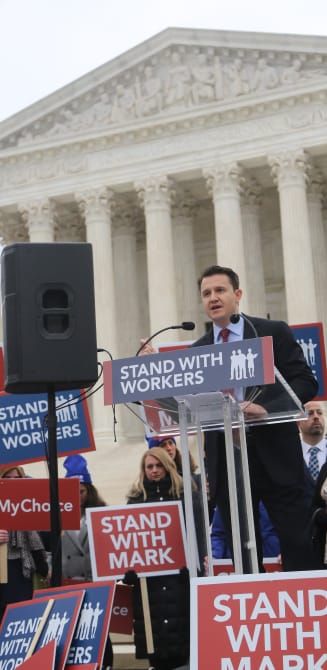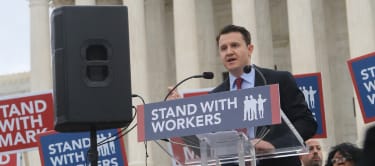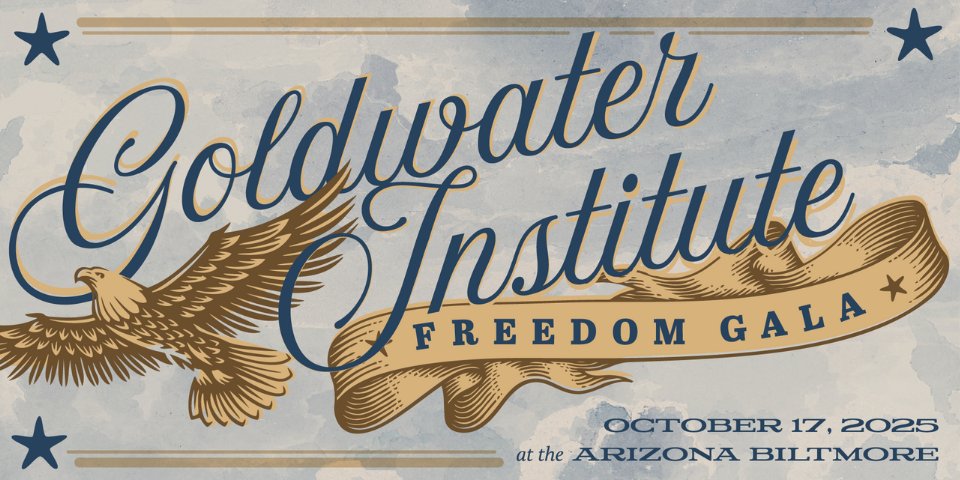March 27, 2020
By Timothy Sandefur
To date, twenty-one states have issued some kind of “shelter in place” order in response to the coronavirus pandemic, as have counties in many other states. As The Dispatch’s David French has helpfully explained, state officials have broad authority to impose such restrictions, but the details can be complicated and raise important legal questions. Here are answers to some of those burning questions:
1. Are these orders constitutional?
Yes. State
officials have had the authority to issue quarantine orders since before the U.S.
Constitution was written. As law professor Laura Donohue explains in this extraordinarily thorough
and helpful article,
this quarantine authority has never been changed. The Founding Fathers lived in
an era in which infectious disease epidemics were commonplace, and they
anticipated that this authority would be exercised primarily at the state
level.
2. Can states limit interstate travel?
Florida Governor
Ron DeSantis issued an order this week specifically
targeting people who fly into the state from “an area with substantial
community spread”—and requiring that they be isolated or quarantined for two
weeks. This is also within Florida’s constitutional authority. Although the
Constitution gives Congress power to “regulate commerce” between states, the
Supreme Court has made clear since the famous 1824 case of Gibbons v. Ogden that this did not deprive
states of their power to impose “quarantine regulations and health laws of
every description”—laws that allow states even to require “the destruction of
private property when infected with disease or otherwise dangerous.”
Since then, the
Court has upheld state authority over quarantine restrictions—including limits
on state-to-state travel. In the 1886 case of Morgan’s
Steamship Company v. Louisiana Board of Health, the Court upheld a Louisiana
law that required ships on the Mississippi—including those traveling state-to-state—to
pass through a quarantine station. The justices made clear that while the
federal government can preempt these laws, states are free to act until
Congress does so. That principle has remained in place since. As the Court put
it in the 1913 Minnesota
Rate Case,
“Quarantine regulations are essential measures of protection which the states
are free to adopt when they do not come into conflict with federal action.”
Congress has
passed some laws on the subject—most significantly the Stafford Act of 1988—but these laws mostly give
states the leading role, and they don’t deprive states of the authority to
limit state-to-state travel for quarantine purposes.
State authority
over such matters is, by and large, a good thing. Our federalist structure was
designed to enable quick response to local conditions and to limit
one-size-fits-all nationwide action to those circumstances where it’s warranted.
That system was, again, created by people for whom epidemics were a regular
fact of life. They knew that the right response to an outbreak of disease in
Vermont might not be the right response in Virginia, and that national action
was more likely to harm than help. Local control is not always wisest—far from
it; local government can be oppressive at times and should be balanced by
federal legal protections—but it’s generally better suited to respond to local circumstances.
3. What do the “shelter in place” orders actually say?
Although strongly
phrased, many of the orders now in place allow “essential” services to continue
operating. As the Cato Institute’s Ryan Bourne observes, there’s really no such thing
as a distinction between “essential” and “non-essential” businesses. Still,
state governments are struggling to balance between the need to slow infection
and the need to avoid creating a long-lasting economic catastrophe that would ultimately
worsen things, in part by destroying our ability to help the sick and prevent
the spread of disease.
So what qualifies
as “essential”? California’s order requires people remain home “except
as needed to maintain continuity at operations of the federal critical
infrastructure sectors” as specified on a list established by the Department
of Homeland Security. That list, however, is remarkably expansive. In fact, the
Department says it’s “appropriately broad to include a wide range of
stakeholders who either directly or indirectly enable the functionality of
infrastructure systems”—which is a bureaucratic way of saying it’s purposely
vague. It includes everything from “financial institutions [that] vary widely
in size and presence” to “motion picture studios,” “casinos,” and “self-storage”
facilities. And the order doesn’t just keep these open; it also allows any
business that’s “needed to maintain the continuity” of these businesses to
remain open. This is a good thing: California’s economic engine is needed to
help keep products flowing to people staying home.
New Mexico’s closure order is stricter, but its definition
of “essential” still includes things such as television and radio stations,
auto-parts stores, custodians, and restaurants. These may remain open provided they
“adhere to social distancing protocol and maintain at least six-foot social
distancing from other individuals, avoid person-to-person contact…direct employees
to wash their hands frequently,” and “ensure that all surfaces are cleaned
routinely.” (This, of course, makes clear that non-“essential” businesses could
also be re-opened on the same conditions.) Arizona Governor Doug Ducey took the
unusual step of issuing an order that, instead of closing “non-essential”
businesses, prohibits the closure of “essential” businesses. It defines this
term in a detailed list that stretches several pages and includes everything
from accountants to daycare facilities. This essentially delegates limited
authority to city and county officials while retaining the power to override their
decisions if the Governor deems it necessary.
It appears that
none of these orders override existing legal obligations. That’s probably wise.
For instance, a strict stay-at-home order would put legally separated couples
who share custody of their children in an awkward position, since many are
legally required to travel with their children. The Marin County Bar Association
in California has put together a helpful list of advice for parents in that situation.
The bottom line is: Continue following your court order…and find ways to
cooperate and reduce stress in this difficult time.
(You should, of
course, consult your own lawyer if you have any legal questions, and carefully
read all orders issued by your own state and local officials. Also, you should
take reasonable precautions even if your local government has not issued such orders.)
In short, while “stay
home” orders do exert some authority by closing certain businesses—especially
restaurants, bars, and gyms—they still remain largely advisory, amounting to extremely
urgent requests. Most don’t override existing legal obligations and don’t
command the seizure of property or the arrest of individuals, except in some
limited circumstances.
Given the power
state officials actually could exercise if they chose, that’s a pretty moderate
response—and moderation is almost certainly the wisest course. Proposals by
some local officials to, for example, turn off water or electricity
for businesses
that remain open seem extremely short-sighted. (What about fire sprinklers and
burglar alarms?)
4. Could the federal government order states to lift these
orders?
The answer is
essentially no. Except where a state order interferes with federal authority
(say, access to a military base), federal officials currently have no explicit
authority to directly override state “shelter in place” orders. It’s
conceivable that Congress could pass a law that does so, but that would be a
complicated undertaking, and there’s no proposal to do so at present. In
theory, the President could invoke federal emergency authority under the
Stafford Act in spite of a governor’s
order and force the reopening of certain facilities, but it’s hard to imagine
how such an extreme step could actually be carried out in practical terms.
That said, the
federal government could exert pressure on states if it chose to: It could, for
example, target spending in ways that rewarded states for withdrawing their
“stay home” orders, or withhold certain kinds of aid from states that, in the
feds’ eyes, go too far.
Still, the
question of dealing with epidemics has, both historically and constitutionally,
been left to state officials, with the federal government providing assistance
and dealing with nationwide matters such as international travel. Stressful as
the present crisis is, there’s no reason to question that scheme today.
Timothy Sandefur
is the Vice President for Litigation at the Goldwater Institute.










